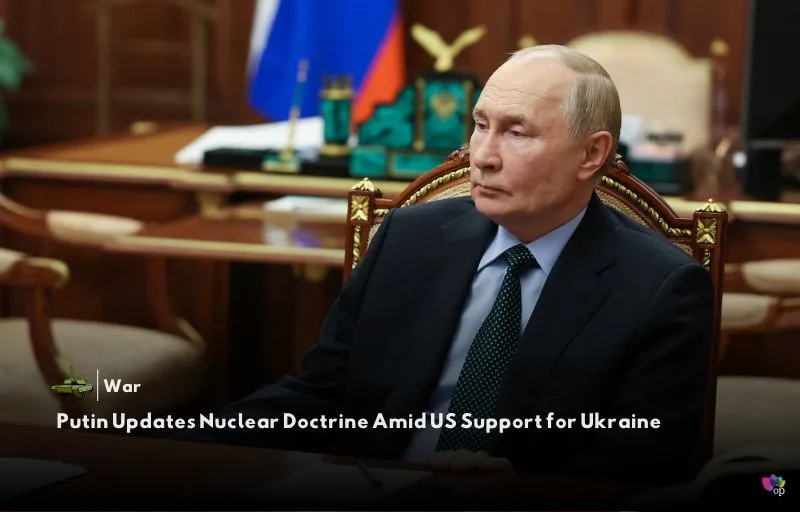According to the reports on Wednesday (20 November), Russian President Vladimir Putin approved a new nuclear doctrine, lowering the threshold for nuclear weapon use in response to attacks by non-nuclear countries supported by nuclear states. This follows Ukraine’s first use of US-supplied ATACMS missiles to strike a Russian military facility in the Bryansk region. The Kremlin views the US policy shift as escalating tensions in the conflict.
The updated doctrine permits nuclear responses to attacks on Russia or its allies, even by non-nuclear nations with nuclear-state backing. It also emphasizes the use of nuclear weapons as a “last resort” in critical threats to sovereignty. Moscow links these changes to Washington’s decision to allow Ukraine to strike Russian territory with Western weapons.
The Biden administration previously avoided granting Ukraine such capabilities but reversed course after reports of North Korean troops supporting Russia. The US maintains that neither it nor NATO poses any threat to Russia. However, Moscow warns that further strikes could lead to confrontation with NATO.
Experts suggest Putin’s timing reflects strategic calculations, leveraging the doctrine to pressure the West and signal options for resolving the conflict. The Kremlin continues to frame its nuclear rhetoric as a response to US and NATO actions, marking a significant escalation in its posture.
References


 العربية
العربية 简体中文
简体中文 Français
Français Deutsch
Deutsch עִבְרִית
עִבְרִית हिन्दी
हिन्दी Italiano
Italiano 日本語
日本語 Русский
Русский Español
Español
